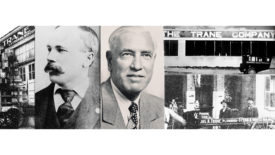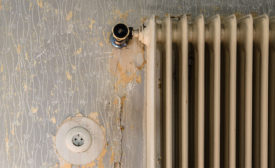Dan Holohan: Heating Help
Dan Holohan: I can see clearly now
Remove your hydronic cataracts with analogies.
April 7, 2022
Heating Help
Dan Holohan: What you have to do to win their business
Four questions to continuously ask your customer.
March 10, 2022
Heating Help
Dan Holohan: Seeing the world in a different way
Embracing new perspectives can make history.
February 7, 2022
Dan Holohan: Adventures in pumping
The evolution of pumps, circulators and radiant heat.
November 30, 2021
Dan Holohan: 'Oh the places you'll go'
Our industry may take you to places you never imagined.
November 9, 2021
Dan Holohan: Marbles and ghosts
Visual thinking is the key to understanding hydronic systems.
October 6, 2021
Dan Holohan: Troubleshooting the cuckoo's nest
Help your contractor customers be well-rounded in heating systems.
August 30, 2021
Dan Holohan: The two sides of hydronics
A history lesson on the two profitable sides of hydronic heating.
August 11, 2021
Stay in the know on the latest PHCP-PVF industry trends.
Get tailored content delivered your way.
JOIN TODAY!Copyright ©2024. All Rights Reserved BNP Media.
Design, CMS, Hosting & Web Development :: ePublishing









